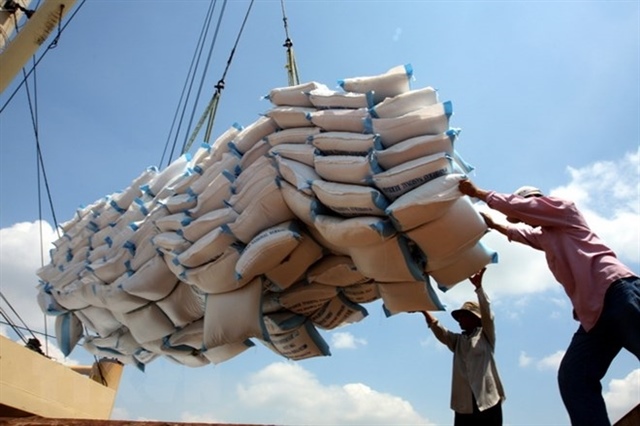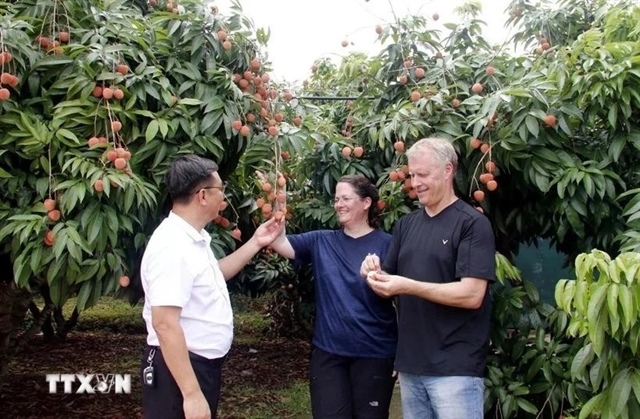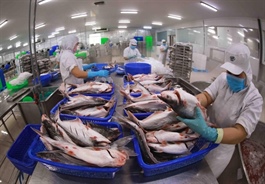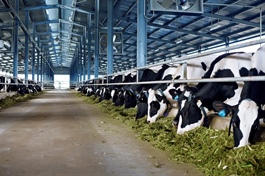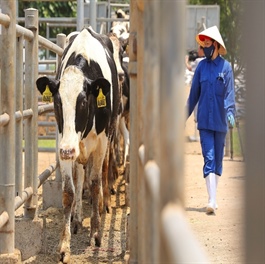Experts question proposal to add EVN’s losses to electricity prices
Experts question proposal to add EVN’s losses to electricity prices
Experts remain split on who should bear EVN’s losses.
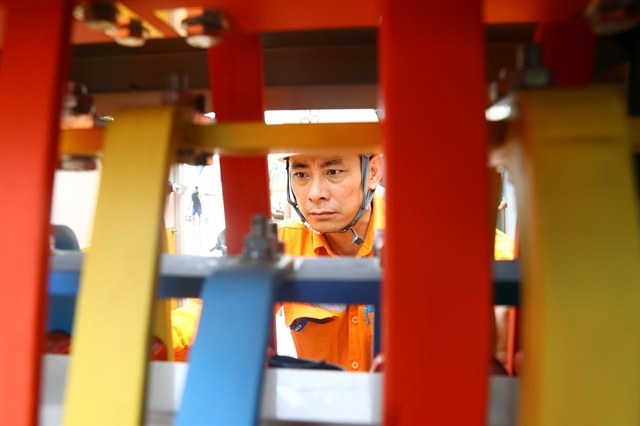
Electricity workers in Hà Nội restoring power in Chương Dương Ward. — VNA/VNS Photo Huy Hùng |
The Ministry of Industry and Trade has put forward a proposal that could see nearly VNĐ44.8 trillion (US$1.7 billion) in Vietnam Electricity (EVN)'s accumulated losses added to retail electricity tariffs.
The draft amendment to Decree 72 on electricity price adjustments, now open for public feedback, proposes allowing EVN to include past losses in future tariffs. These losses mainly came from soaring global fuel prices in 2022 and 2023 – a period when domestic electricity prices were kept unchanged to support families and businesses after the pandemic.
By the end of 2024, EVN still carried nearly VNĐ44.8 trillion in losses, reducing State capital. If the plan is approved, consumers would gradually pay for this gap through their bills.
EVN says the move is needed for the State-owned enterprise to stay financially stable and keep investing in power generation, but experts and the public have expressed concerns about fairness, transparency and future impacts.
Economist Nguyễn Minh Phong, former head of the Economic Research Department at the Hanoi Institute for Socio-Economic Development Studies, acknowledged that EVN’s losses were partly driven by external shocks. However, he warned against simply raising tariffs whenever the utility faces difficulties.
He said EVN should explain how much money the tariff change would bring in, how long it would take and if prices would drop again after the losses are covered. People also need to know whether the losses came from market conditions or poor management. Only with that clarity can the costs fairly be passed on to consumers.
Others argue that even if EVN’s books must be balanced, the burden should not fall directly on households and businesses.
According to Lê Xuân Nghĩa, former vice chairman of the National Financial Supervisory Commission and a member of the National Monetary Policy Advisory Council, Việt Nam’s electricity demand is expected to rise sharply as the economy expands and as new technologies, including data centres and artificial intelligence, increase power consumption.
He noted that electricity demand often grows by 1.5 per cent for every 1 per cent of GDP growth. Meanwhile, Việt Nam’s economy is projected to keep expanding. For this reason, he supports a market-based pricing mechanism to attract investment in the sector, but strongly disagrees with shifting old losses into new tariffs. Those losses, he explained, were the result of State policy in the past to keep prices low for the sake of social stability.
“Instead of adding this loss to the average retail electricity price, the State should account for it separately and treat it as funding for electricity pricing policy,” Nghĩa told viettimes.vn.
He added that the Government should consider spreading the amount over several years as a special budgetary measure.

Electricity workers in Hà Nội restoring power in Chương Dương Ward. — VNA/VNS Photo Huy Hùng |
Public worries
For many members of the public, the prospect of higher tariffs so soon after the recent increase in May 2025 is causing unease.
Businesses say electricity is taking up more of their costs, and warn higher prices could cut profits and workers’ pay.
Khâu Hải Nam, head of a food company in Chương Mỹ Ward, Hà Nội, said his business spends around VNĐ600–800 million on electricity each month, or about 2 per cent of production and operating costs. If electricity prices rise, this expense will balloon while the consumer market remains unchanged, he noted.
“This could directly affect the company’s revenue and workers’ incomes. We would once again have to struggle with calculations to strike a balance and retain our staff,” Nam told vtcnews.vn.
Still, some note that EVN is not a normal profit-driven company, and spreading the VNĐ45 trillion loss over time would make the impact per unit of power easier to bear.
Meanwhile, Government officials have sought to reassure citizens that there will not be a sudden jump in electricity prices.
Hồ Sỹ Quang, deputy head of the Electricity Price Management Division at the Ministry of Industry and Trade’s Electricity Regulatory Authority, emphasised that any adjustment would be moderate, within EVN’s authority and aligned with the Prime Minister’s instruction to avoid shocks and balance the interests of the State, enterprises and consumers.
He said that EVN’s losses were already audited and disclosed in its 2023 and 2024 financial statements, highlighting the impact of global fuel markets during a time when tariffs were frozen.
Still, experts in pricing and regulation believe that clarity is essential before any decision is made.
Chairman of the Vietnam Price Appraisal Association Nguyễn Tiến Thỏa, who is also the former director of the Price Management Department at the Ministry of Finance, pointed out that electricity prices must in principle reflect real costs and ensure a reasonable profit to allow reinvestment.
He argued that if losses were caused by policy decisions, they can legitimately be included in tariffs. However, he insisted that the Ministry of Industry and Trade must separate those objective costs from any inefficiencies in EVN’s management.
Independent auditing, removal of improper expenses, and full disclosure of the results would be necessary to build public trust, he said.
Former vice president of the Central Institute for Economic Management Dr Võ Trí Thành said that if losses come from poor management, the enterprise must take responsibility. But if the State keeps prices below costs for socio-economic reasons, leading to losses and reduced State capital, then a proper solution is needed.
He added that gradually spreading such losses into tariffs is consistent with pricing principles, the Electricity Law and the 2023 Price Law.
The debate highlights a delicate balancing act for policymakers. On one hand, electricity tariffs must be high enough to ensure financial stability for EVN and to attract investment in the energy sector, which is crucial for Việt Nam’s growth ambitions. On the other hand, steep rises would directly burden households and businesses, threatening economic recovery and social stability.
- 10:26 25/08/2025


